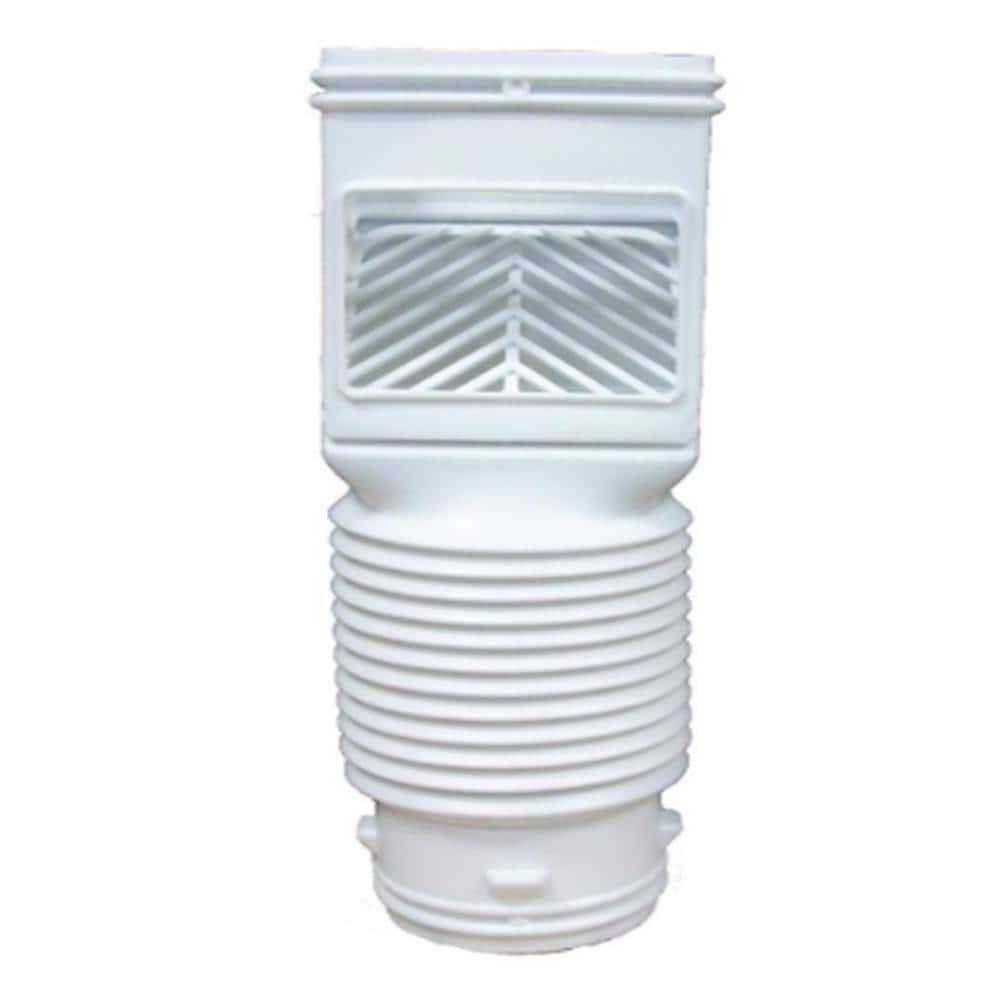SonOfGloin
New Member
Hi all,
Long time lurker here, finally stepping out of the shadows for some advice (which I've received plenty of over the years reading these fantastic forums!). This is actually in regards to underground rainwater drainage, but since I'm using ASTM d2729 sewer and drain pipe this is a fairly generic plumbing question.
I'm installing two gutter drain tiles that connect to a single 4" pipe that I (painstakingly) tunneled under a masonry walkway. This is depicted in the attached photo; the walkway is to the left, one drain tile is at the top, and the other will eventually be installed in the upper right.

I was able to just barely make minimal grade with the S&D pipe under the walkway. I opted to solvent weld a wye here, rotated 45 degrees to connect to the first drain tile. However, despite triple checking everything with dry fits and a level, much to my disappointment the wye tilted slightly after the solvent weld and is very slightly back graded (that is, graded toward the right in the photo). Water from the upper left drain tile unsurprisingly smashes down to the center of the wye and drains nicely as the water level rises, but a small amount pools down the right side . Here's a photo where I dry fit a 45 degree street elbow, just to see how much water will pool there:

Naturally, when the elbow is eventually solvent welded, it'll be more flush with the hub, but this give you a good sense of how much standing water will always be there.
My question for the mind hive here is whether this minor pooling is acceptable in this application. Potential concerns are whether this perennial small pool of water will cause debris accumulation, and whether mosquitoes might breed down there (I'm not sure how far away from the surface they can go to access this breeding ground). On the other hand, the right side drain line is sloped significantly enough that downpours will likely wash over the low spot in the wye with regularity, and I could always seal up the downspout adapter to prevent any mosquitos from even thinking about it.
Concerns with cutting it out and starting over: I don't have that much "meat" in the pipe that goes under the walkway, and since solvent welding is a quick and stressful 30 seconds for me, there's a chance that the new wye would still have a dip spot anyway. I'm sure there's a more efficient or mechanically correct way of designing this in contrast to what I've done here, but as you can see in the first photo I have to be really careful with the gas line right there (which is why I opted for the wye where it is and not at the base of the upper left drain tile).
What do you think? Am I being too anal? Any advice from the pros and fierce DIYers is appreciated.
Long time lurker here, finally stepping out of the shadows for some advice (which I've received plenty of over the years reading these fantastic forums!). This is actually in regards to underground rainwater drainage, but since I'm using ASTM d2729 sewer and drain pipe this is a fairly generic plumbing question.
I'm installing two gutter drain tiles that connect to a single 4" pipe that I (painstakingly) tunneled under a masonry walkway. This is depicted in the attached photo; the walkway is to the left, one drain tile is at the top, and the other will eventually be installed in the upper right.
I was able to just barely make minimal grade with the S&D pipe under the walkway. I opted to solvent weld a wye here, rotated 45 degrees to connect to the first drain tile. However, despite triple checking everything with dry fits and a level, much to my disappointment the wye tilted slightly after the solvent weld and is very slightly back graded (that is, graded toward the right in the photo). Water from the upper left drain tile unsurprisingly smashes down to the center of the wye and drains nicely as the water level rises, but a small amount pools down the right side . Here's a photo where I dry fit a 45 degree street elbow, just to see how much water will pool there:
Naturally, when the elbow is eventually solvent welded, it'll be more flush with the hub, but this give you a good sense of how much standing water will always be there.
My question for the mind hive here is whether this minor pooling is acceptable in this application. Potential concerns are whether this perennial small pool of water will cause debris accumulation, and whether mosquitoes might breed down there (I'm not sure how far away from the surface they can go to access this breeding ground). On the other hand, the right side drain line is sloped significantly enough that downpours will likely wash over the low spot in the wye with regularity, and I could always seal up the downspout adapter to prevent any mosquitos from even thinking about it.
Concerns with cutting it out and starting over: I don't have that much "meat" in the pipe that goes under the walkway, and since solvent welding is a quick and stressful 30 seconds for me, there's a chance that the new wye would still have a dip spot anyway. I'm sure there's a more efficient or mechanically correct way of designing this in contrast to what I've done here, but as you can see in the first photo I have to be really careful with the gas line right there (which is why I opted for the wye where it is and not at the base of the upper left drain tile).
What do you think? Am I being too anal? Any advice from the pros and fierce DIYers is appreciated.

